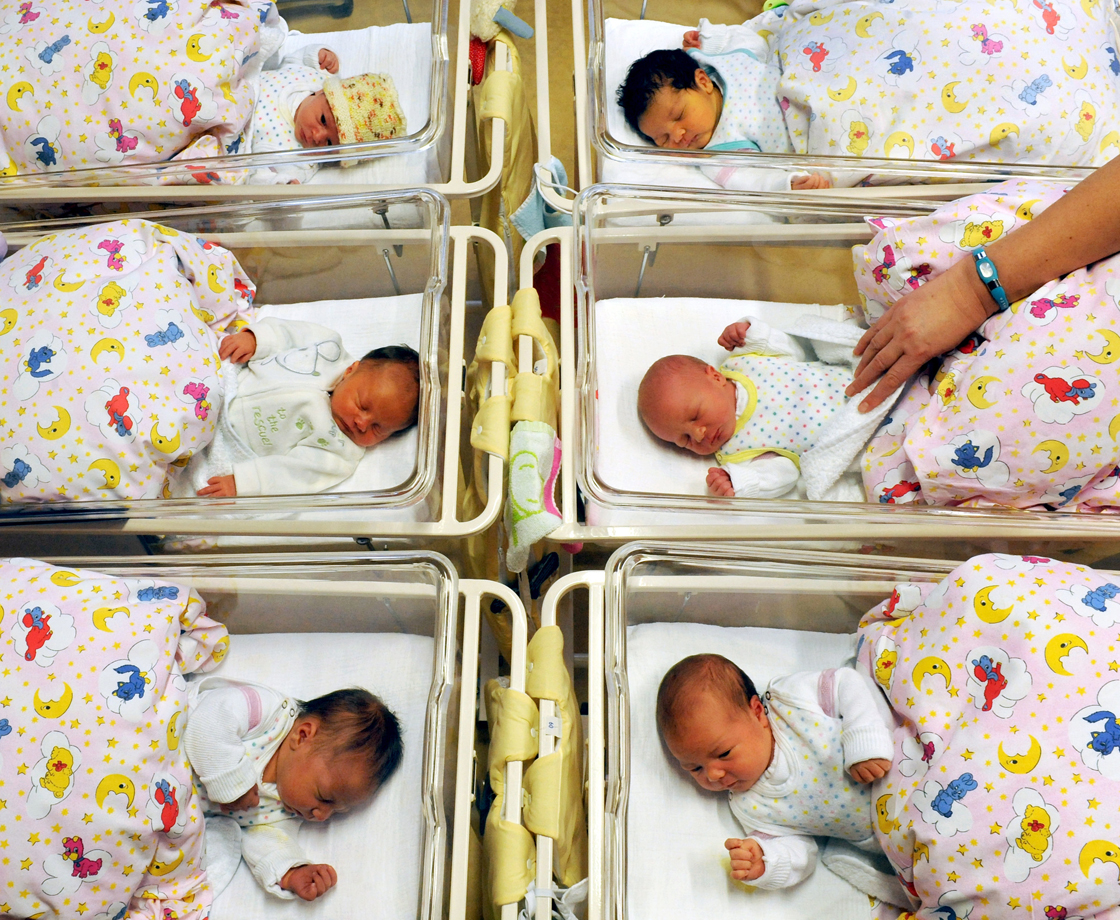TORONTO – They’re called “three-parent babies” – made from the DNA of a man and two women. It’s been dubbed as a medical breakthrough, a promising way to create babies free from certain diseases, while critics say this technology is playing god in making designer children.

Right now, British officials are drafting rules in how to roll out three-person IVF, while U.S. officials are holding their own talks about whether they should approve medical trials.
For two days, the Food and Drug Administration panel debated on what the technique could offer: scientists believe three-person IVF can help women who carry DNA mutations. With a third person’s DNA worked into the baby’s genes, defects like blindness or epilepsy won’t be passed on, the Washington Post reported.
Britain’s department of health isn’t interested in whether this should be allowed. For now, it just wants to know how this pioneering technology would be used. The proposed rules will be published online and the government is inviting people to respond online or by mail by late May.
How does three-parent IVF work?
The new technique starts with removing the nucleus DNA from a healthy female donor’s eggs. It’s replaced with the nucleus of the prospective mother, either before or after fertilization. About one in 200 babies born in Britain has a mitochrondrial disorder – mistakes in that genetic code can lead to muscular dystrophy, epilepsy, heart problems and mental retardation, the Associated Press’ Maria Cheng reported.
READ MORE: UK may allow babies with DNA from 3 people
DNA from the donor egg amounts to less than 1 per cent of the resulting embryo’s genes. Essentially, the baby is made with the genes of the intended mother and father, with the help of the healthy mitochrondrial DNA from the donor embryo.
“Allowing mitochondrial donation would give women who carry severe mitochondrial disease the opportunity to have children without passing on devastating genetic disorders,” Dr. Sally Davies, the chief medical officer, said in a statement.
READ MORE: Canadian author explains how babies are made without sex or gender
What about the ethical questions stemming from three-parent babies?
Because it’s “treating a disease,” medical ethicist Art Caplan says it’s fair game.
“These little embryos, these are people born with a disease, they can’t make power. You’re giving them a new battery. That’s a therapy. I think that’s a humane ethical thing to do,” Caplan, the director of medical ethics at New York University’s Langone Medical Center, told CNN.
What Caplan’s more concerned with is the “slippery slope” that might follow once health officials open the door to manipulating genetics to make a healthy baby.
READ MORE: Creating IVF babies from 3 parents garners public support says UK fertility regulator
“The big issue over the next 5 to 10 years is going to become how far do we go in pursuit of the perfect baby,” said Caplan. “Do I think we’re going down that road? Yes. Does it creep me out? Yes. Are you going to be able to draw a clear line? I don’t think so.”
There are also safety concerns at play. Debra Mathews, at John Hopkins University, told the Washington Post it’s too early to tell if tinkering with cells at that level will result in repercussions.
“There’s a whole other side of the argument that has little to do with safety and a lot more to do with how we think about children and whether we should be in the business of genetically modifying generations at all,” Mathews told the newspaper.
carmen.chai@globalnews.ca
Follow @Carmen_Chai
– With files from the Associated Press

Comments